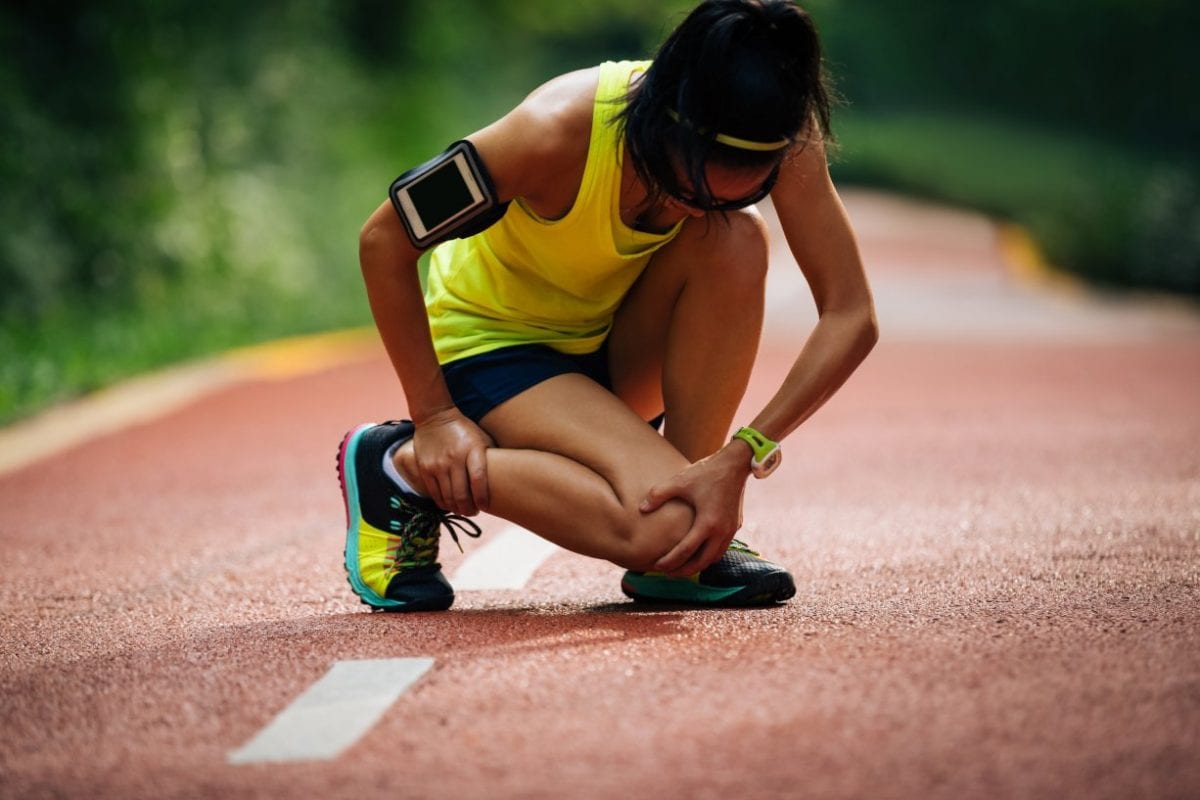Common Sports Injuries In Children That Affect The Shoulder

Our shoulders are used heavily when we play sport,although children are much more resilient to injury than older people, sadly problems still occur all too often.
The shoulder joint is one of the most flexible in the human body, which helps protect it from injury. It’s made up of two main bones: the scapula (shoulder blade)the humerus (end of upper arm bone). The end of the humerus is roundedfits into a socket in the scapula. It’s then surroundedheld in place by a group of ligaments, musclestendons.
Here we look at the main three types of sports injuries affecting the shoulder in children specifically.
Table of Contents
Overuse/strains
Suddenly playing a sport without warming up can place massive strain on the shoulderslead to a loss of flexibility over time. It’s particularly common in repetitive sports such as badminton or tennis, or in high impact sports like rugby, dancing, gymfootball.
Although inconvenientoften very painful, the problem usually goes away in a day or two. Restmild stretching exercises as well as low dose NSAIDs tend to do the trick.

Shoulder sprains
A shoulder sprain happens when you tear or over stretch a ligament in the shoulder. Ligaments are sinewy but incredibly strong tissues that connect one bone to the next. Again, sprains can happen in high impact sports such as football, dancingcontact sports. They too will improve with restover-the-counter painkillers.
Rotator cuff tears
The rotator cuff is made up of four muscles in the upper arm which allow you to raiserotate the arm. Tendons attach these muscles to the bone, however if one or more of these tendons tear, the humerus can’t move as easily in the socket. This makes raising the arm upaway from the body difficult or even impossible.
Rotator cuff tears are often the result of lifting a very heavy object with an extended arm. They can also be because the patient tried to catch something that was falling towards them, or they fell over themselves.
Treatment depends on how severe the injury is. If it’s incomplete, then rest, ice, compression,elevation represents a good way forward. NSAID treatment should help with the pain,physiotherapy may well be required once the pain has subsided. More severe tears may require surgery.

Are you a healthcare professional who regularly sees younger patients with sporting injuries?
Why not brush up your diagnosistreatment skills with our 2-day CPD course Sports Injuries in 8-18 Year Olds. Aimed specifically at nurses, pharmacists, paramedicsother allied healthcare professionals, the course covers the physiological principlespractical considerations for assessingmanaging common sports injuries in the school aged child, adolescentteen-age patient. A practical, hands-on course, this is your chance to gain confidence in the recognition, differentiation, diagnosis, managementreturn-to-sport guidelines of common sports-related injuries.
The course is held on 30th April1st May 2020, but spaces fill up quickly so book up early. All course materialrefreshments are provided it takes place in London (St. Bart’s Hospital).
